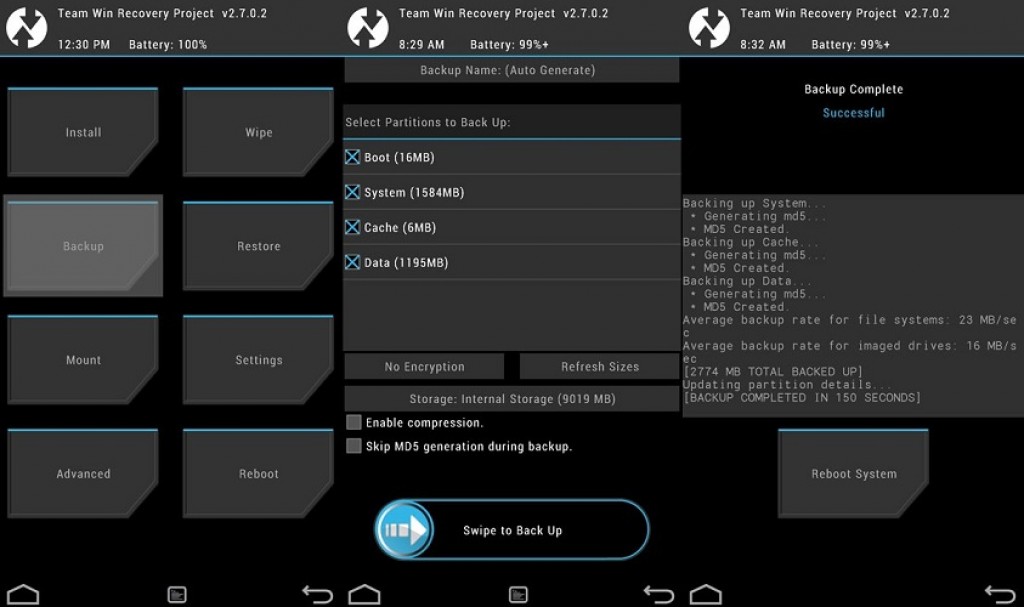
LeEco and Coolpad both are quite famous brands worldwide now and both have some nice pieces of Devices to cater. But, what can happen when both of the firm comes together and builds something? BOOM! Thats what the Cool S1 is like! A sheer competitor to OnePlus 3T 😀 This is the Cool S1. With a starting price of $359, here’s what you’re getting in this metal unibody form factor:
- 5.5-inch 1080p display
- Snapdragon 821 chipset
- 16MP rear camera (with 4K video and phase-detection AF) + 8MP front camera
- Fingerprint sensor, USB-C, 4G LTE, Dual-SIM
- Harman Kardon audio
- Android 7.0 Nougat
All of that is available in a couple of different storage configurations. The base model nets you 4GB of RAM and 64GB of storage for $359. You can step up to 6GB of RAM and 64GB of storage if you’re willing to pay $388, while a 6GB of RAM + 128GB storage model will run you $460.
Of course, all of this is assuming you’re willing to important one as it likely won’t be available far outside of China. The premium smartphone market is becoming extremely aggressive around those parts, though, and we’re hoping more of that competition spreads westward in 2017.
Cool S1 looks a lot like the LeEco Le2 which is pretty understandable as maybe has looked after the desiging department a bit! We’ll soon try to review the handset here on TD, so relax and subscribe to us! 😀
[via NDTV]




